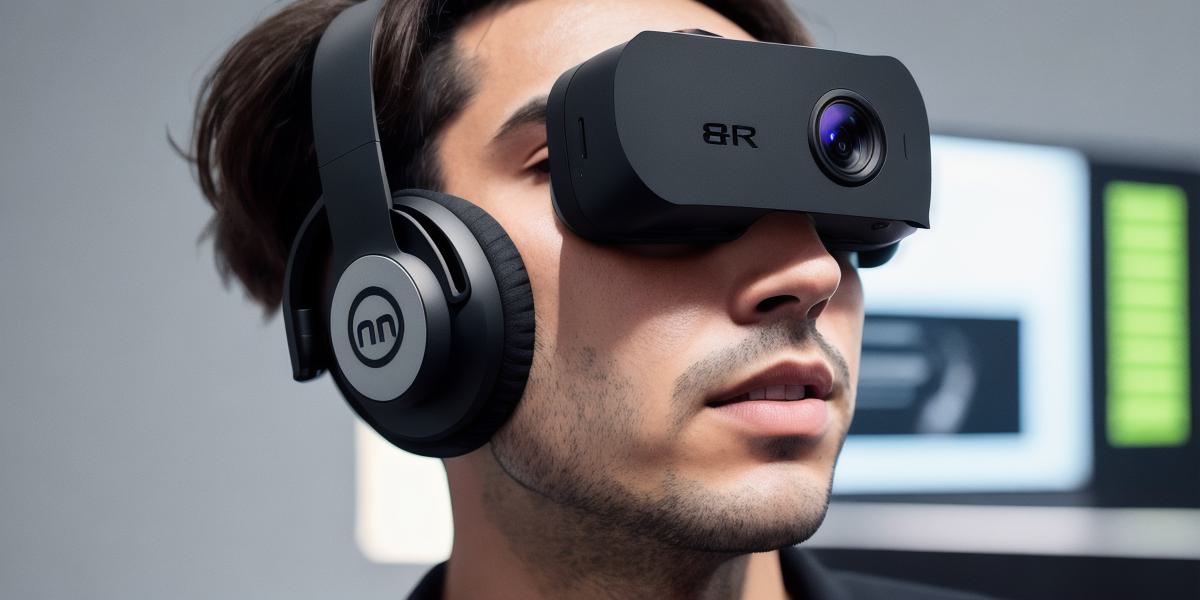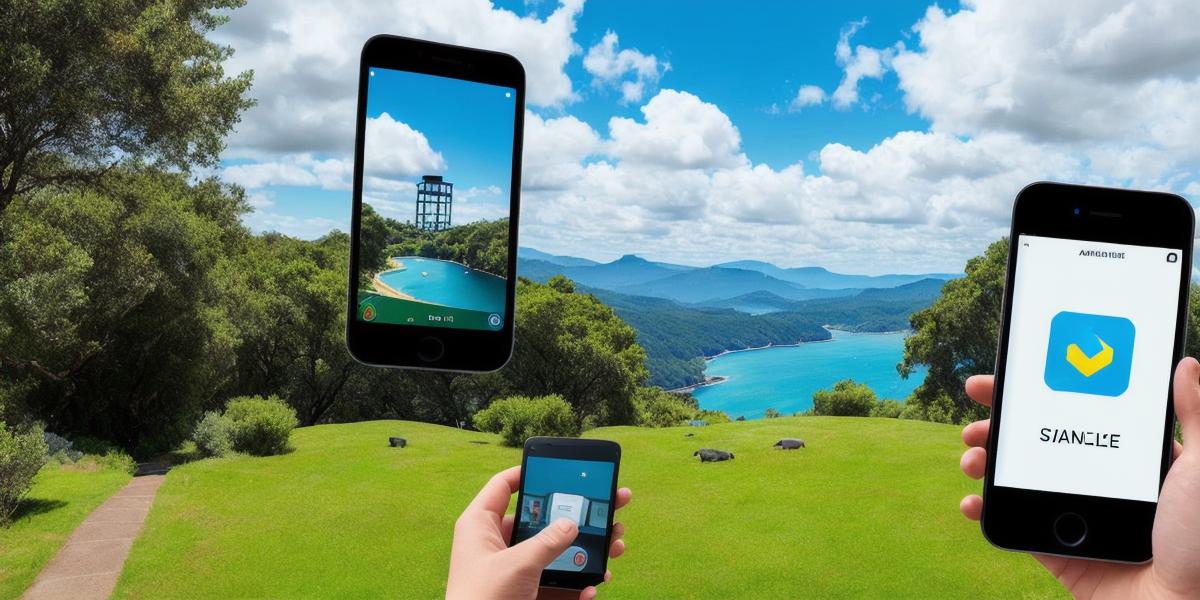Introduction:
Augmented reality (AR) is a rapidly growing technology that has the potential to revolutionize the way we interact with digital content. It’s a technology that overlays digital information on top of the real world, creating an immersive experience that can be used for a variety of purposes, from entertainment to education. In this article, we will explore the advantages of augmented reality for both businesses and consumers.
Advantages for Businesses:
- Enhanced Product Visualization: AR allows businesses to create realistic 3D models of their products that can be viewed in a variety of different settings. This can help businesses to better understand how their products will look and function in real-world scenarios, allowing them to make more informed decisions about design and production.
- Improved Customer Engagement: AR can be used to create interactive experiences that engage customers and encourage them to interact with a product or brand in a more meaningful way. For example, an AR app could allow customers to try on clothes virtually, or explore the interior of a car before making a purchase.
- Increased Efficiency: AR can help businesses to automate certain processes, such as inventory management and quality control. By using AR technology, businesses can streamline their operations and reduce costs.
- Enhanced Marketing Opportunities: AR can be used to create immersive advertising experiences that capture the attention of consumers and drive engagement. For example, an AR campaign could be used to promote a new product or brand in a unique and memorable way.
Advantages for Consumers:
- Improved Learning: AR can be used to create interactive educational experiences that make learning more engaging and effective. For example, an AR app could allow students to explore the human body in 3D, or practice dissection without harming a real animal.
- Enhanced Entertainment: AR can be used to create immersive gaming experiences that transport players into new worlds and provide them with new challenges. For example, an AR game could allow players to battle mythical creatures in a magical forest.
- Increased Accessibility: AR can be used to make products and services more accessible to people with disabilities or mobility issues. For example, an AR app could allow visually impaired users to navigate a store by providing them with audio cues and haptic feedback.
- Personalized Experiences: AR can be used to create personalized experiences that are tailored to the individual needs and preferences of each user. For example, an AR app could allow users to try on clothes virtually and receive recommendations based on their style and body type.
Summary:
Augmented reality is a powerful technology that has the potential to transform the way we live, work, and interact with digital content. From enhancing product visualization and improving customer engagement, to increasing efficiency and enabling marketing opportunities for businesses, to improving learning and entertainment for consumers, AR offers a wide range of benefits. As this technology continues to evolve, we can expect to see even more innovative applications and use cases emerge in the future.




